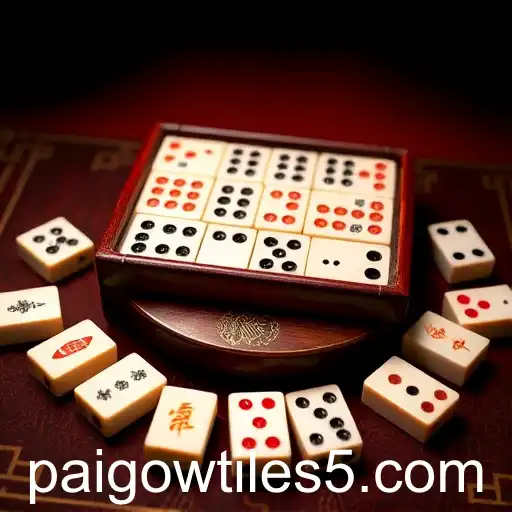Pai Gow Tiles, a game steeped in tradition, offers both a thrilling and challenging experience to its players. Originating from China, this tile-based gambling game combines skill, strategy, and a bit of luck, capturing the attention of casino enthusiasts worldwide. Unlike other gambling games that rely solely on chance, Pai Gow Tiles demands a deep understanding of its rules and thoughtful strategy. The game involves a set of 32 Chinese dominoes known as tiles, which players need to arrange into two sets to beat the dealer’s hand.
The fundamental goal in Pai Gow Tiles is to create two winning hands: a high hand and a low hand. Each player is dealt a total of four tiles and must divide them into a high hand consisting of two tiles and a low hand also consisting of two tiles. The high hand should be stronger than the low hand; otherwise, the player automatically loses the game. To determine the winning hands, players must become familiar with the hand rankings, including wild tiles known as "Gee Joon," various pairs, and "Wongs" and "Gongs," which outrank all other tile combinations.
The tile rankings in Pai Gow compose an intricate system heavily influenced by traditional Chinese culture. To play efficiently, it’s crucial to memorize and understand these rankings, which include elements like the supreme pair, matched pairs, and specific unequal combinations like the "9-High," which are often compared to poker hands.
Another layer to mastering Pai Gow Tiles is learning the strategies that can increase the odds of forming higher ranking hands. Experienced players grasp these strategies by analyzing the probabilities and outcomes, ultimately aiming to outsmart the banker or dealer. A unique aspect of the game is the shared incentive between dealer and players to collaborate with the house, sometimes leading to draws. This social gaming angle emphasizes trust and harmony, adding an interesting twist to the typical casino dynamic.
Besides the strategic elements of play, Pai Gow Tiles hold cultural significance as well. Often played during New Year celebrations and festive gatherings, the game embodies concepts of luck and balance—central themes in Chinese philosophy and culture. The traditional symbolism embedded in the game enriches its appeal, not only as a form of entertainment but also as a cultural experience.
For those intrigued by the blend of strategy and cultural heritage, Pai Gow Tiles offer a rewarding challenge. Whether a novice or a seasoned player, embracing the complexities of this game can lead to an enriched understanding of both strategy and an age-old cultural pastime. As players delve deeper into the realm of Pai Gow Tiles, they uncover a game as sophisticated as it is culturally enriched, offering endless learning opportunities and gameplay satisfaction.

Explore the fascinating world of Pai Gow Tiles, a traditional Chinese betting game, by unraveling its rules, strategies, and cultural significance.




